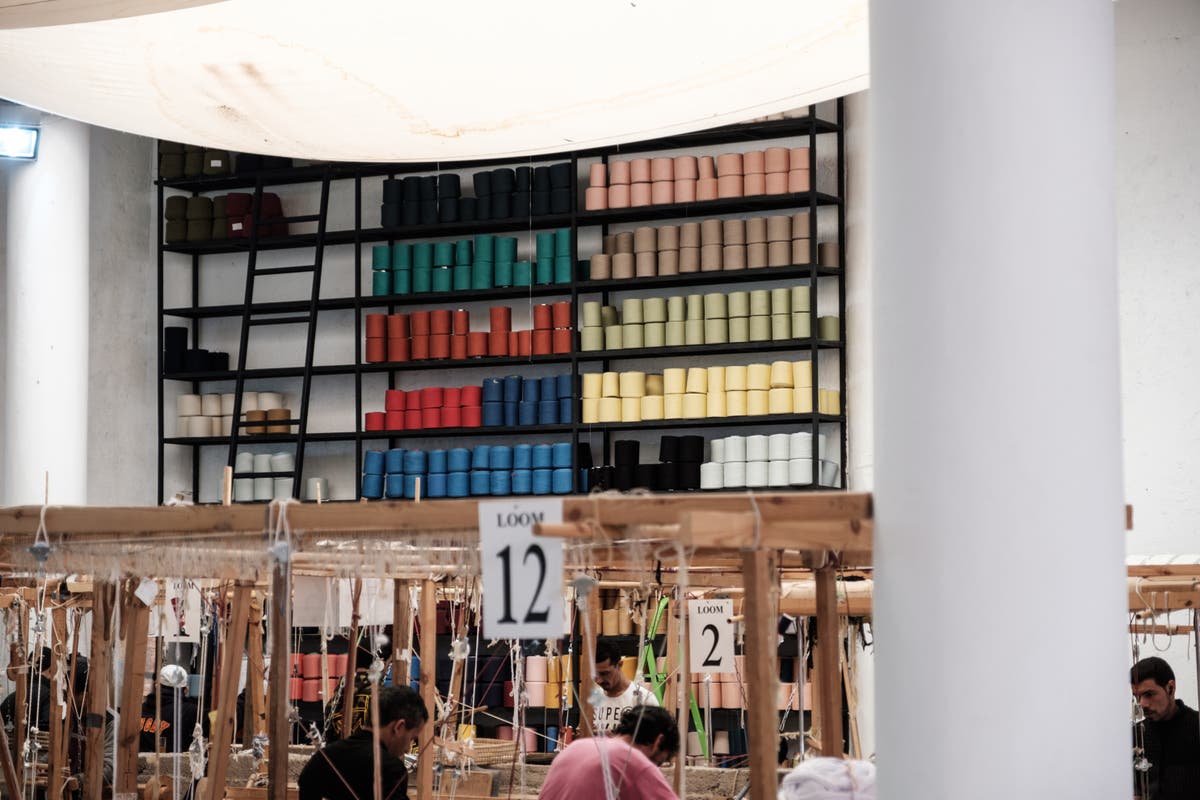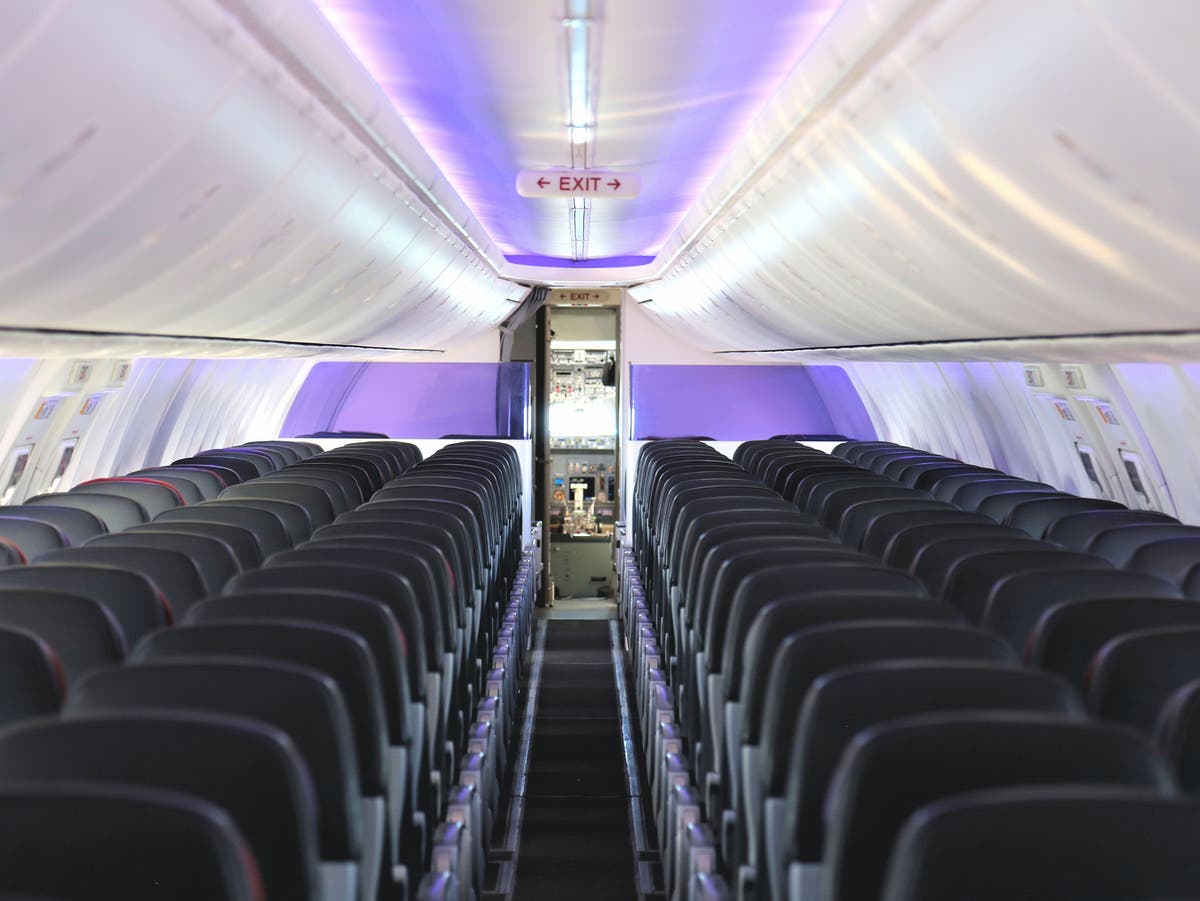NUS grad’s invention makes breast cancer screening less painful, wins 2024’s James Dyson Award
James Dyson Award 2024 has announced Singapore's national winner, Mammosense. It's a mammogram tool to reduce breast screening discomfort.
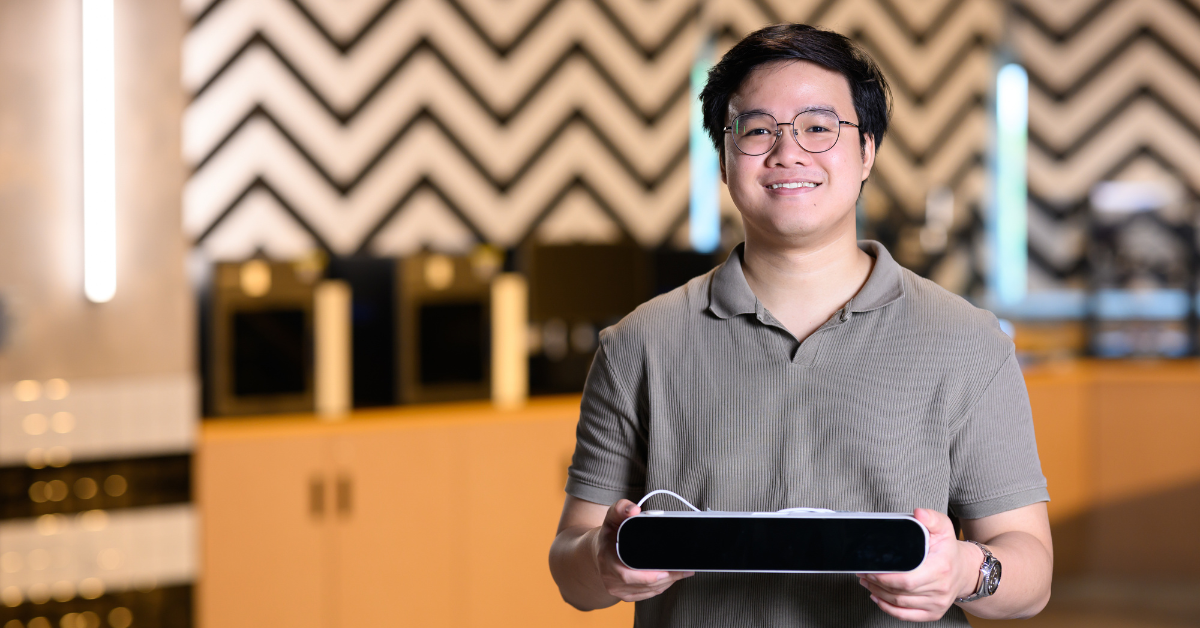
The James Dyson Award (JDA) is back and has just announced its national winner for Singapore.
An international design competition celebrating the next generation of design engineers, the award has since supported over 400 problem-solving inventions with over £1 million in prize money. It’s operating across 29 countries and is run by the James Dyson Foundation.
This year’s National Winner of the JDA is Luke Goh, a 26-year-old industrial design graduate from the National University of Singapore (NUS).
The invention that got him this recognition? Mammosense.
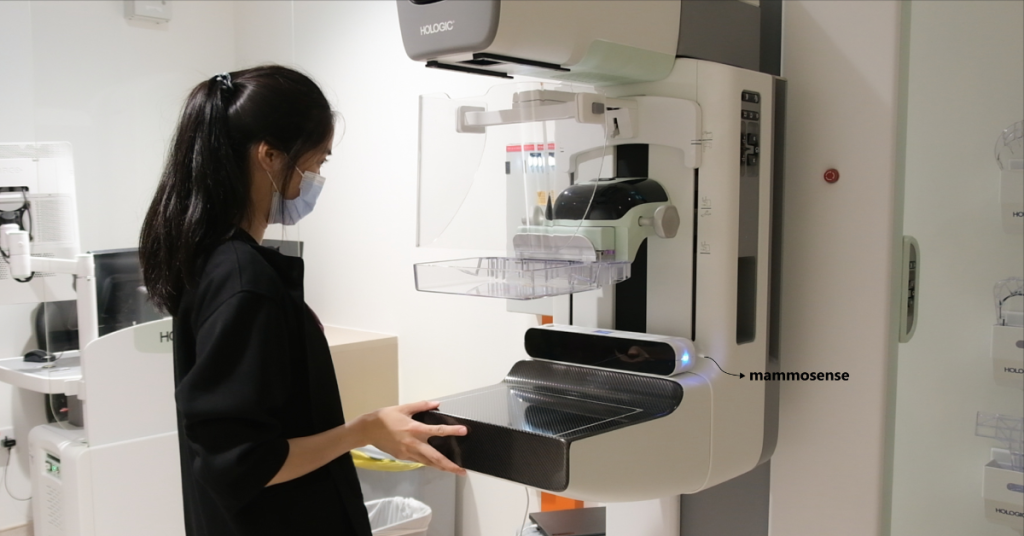 Image Credit: James Dyson Foundation
Image Credit: James Dyson FoundationLuke’s pursuit of the Mammosense stems from an experience that’s closer to home. Driven by his mother’s uncomfortable experience during a mammogram, Luke then developed a first-of-its-kind tool that makes these breast screenings less unpleasant.
How the Mammosense works is it analyses individuals’ breasts to determine the optimal compression force required during breast screenings. This then reduces procedural pain by objectively adjusting the force applied.
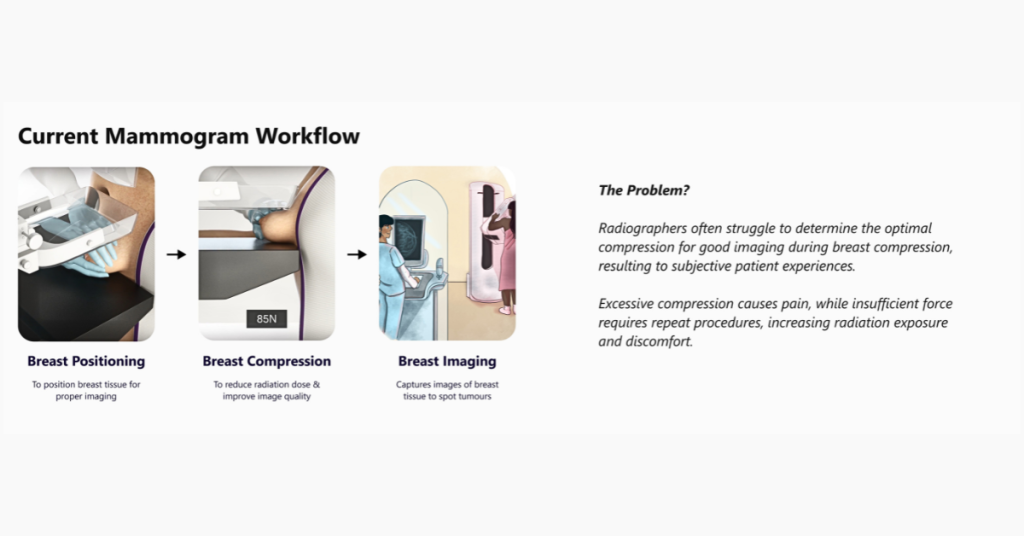 Image Credit: James Dyson Foundation
Image Credit: James Dyson FoundationMammosense leverages Light Detection and Ranging (LiDAR) technology to analyse the breast during mammograms and provide data-driven guidance for radiographers. Its sensors help to map the breast digitally in its software, with algorithms processing the data in real time.
This helps determine the optimal compression force required so that radiographers can achieve clear imaging without making patients uncomfortable.
At present, radiographers are only able to estimate the compression needed during a mammogram. This often results in either over-compression or under-compression. Both of these are not ideal for breast screenings and contribute to a poor patient experience.
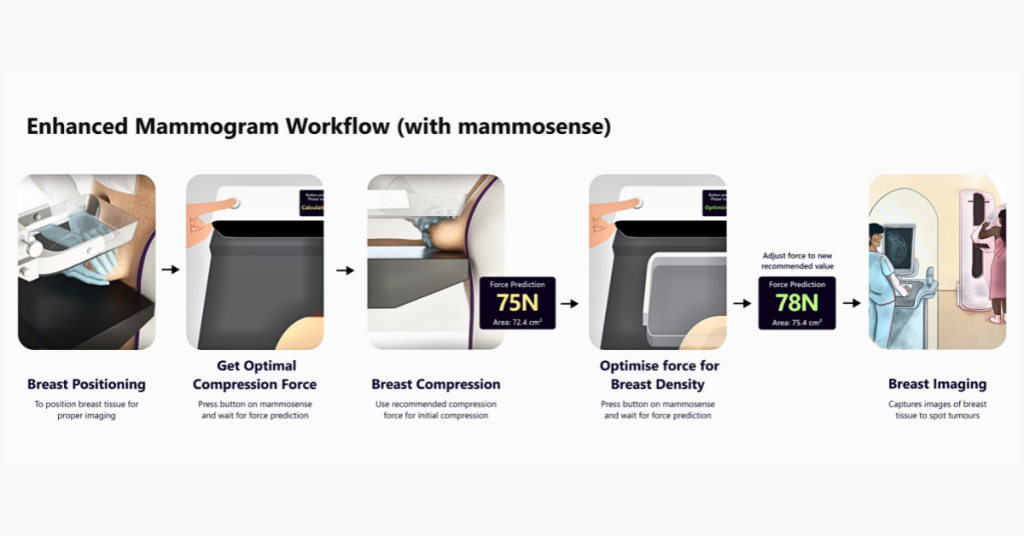 Image Credit: James Dyson Foundation
Image Credit: James Dyson FoundationWhile conducting his research into the challenges faced by both patients and radiographers, Luke also collaborated with medical professionals at NUS to better understand the problem. In fact, the national winner even underwent a mammogram himself to experience this discomfort firsthand.
Early trials showed that Mammosense is able to reduce force exertion by 34%. This translated to patients feeling a 25% reduction in pain experienced during breast compression.
“A novel design-driven solution”
Adjunct Professor Ngiam Kee Yuan, Judge for the 2024 JDA and Head of Academic Informatics Office at National University Health System (NUHS) commended Mammosense as “a novel design-driven solution”.
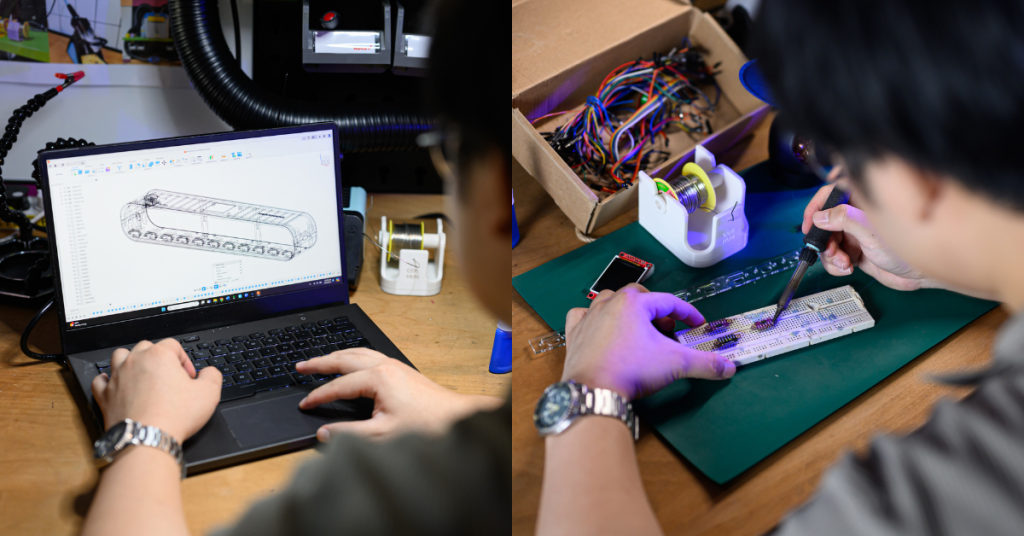 Image Credit: James Dyson Foundation
Image Credit: James Dyson FoundationThe engineering principles used to solve this common issue integrate seamlessly with existing mammogram machines. With this, it’s hoped that Mammosense will drive more women to go for regular breast screenings.
Doing such regular health checkups will in turn reduce the incidence of late-stage and advanced breast cancer diagnoses.
Reflecting on his achievement, Luke shared that it’s a tremendous honour and significant milestone for him. “This recognition not only validates the efforts put into addressing a critical issue in breast cancer screening, but also highlights the potential impact of innovative design solutions in healthcare.”
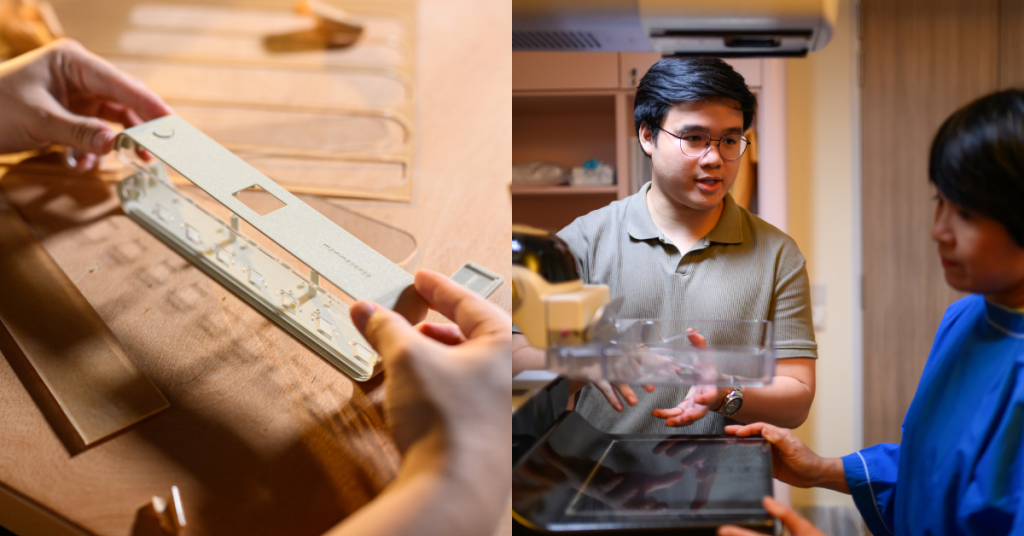 Image Credit: James Dyson Foundation
Image Credit: James Dyson Foundation“It’s incredibly gratifying to see Mammosense recognised on such a prestigious platform, and the exposure and validation from the JDA can help propel Mammosense to the next stage of development, potentially leading to broader adoption and positive changes in screening practices.”
Besides the title, winning the national leg of the JDA means that S$8,400 will be injected into Luke’s Mammosense project. This will enable him to further research and develop the first-of-its-kind mammogram tool.
The ultimate goal for this project is to reduce patient discomfort while still being a practical and cost-effective solution that can be widely adopted by healthcare professionals.
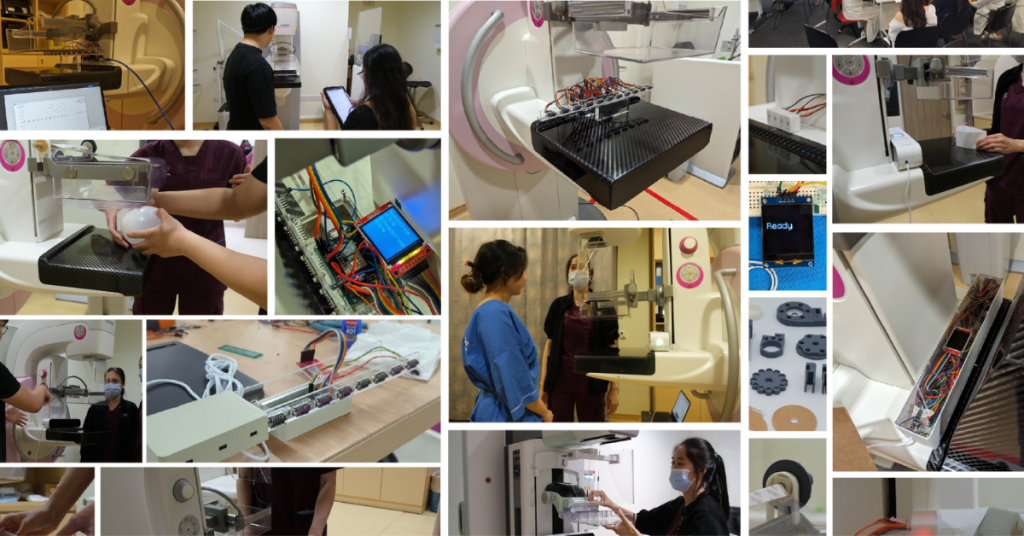 The R&D process of the Mammosense / Image Credit: James Dyson Foundation
The R&D process of the Mammosense / Image Credit: James Dyson FoundationA new generation of design engineers
At present, Mammosense has been patented in Singapore in partnership with NUS and NUHS.
Luke is working on increasing the LiDAR detection resolution to improve the reliability of force recommendations. He’s collaborating closely with local hospitals to perform large pilot tests with patients to enhance its effectiveness.
The runner ups for this year’s JDA also came up with interesting innovations.
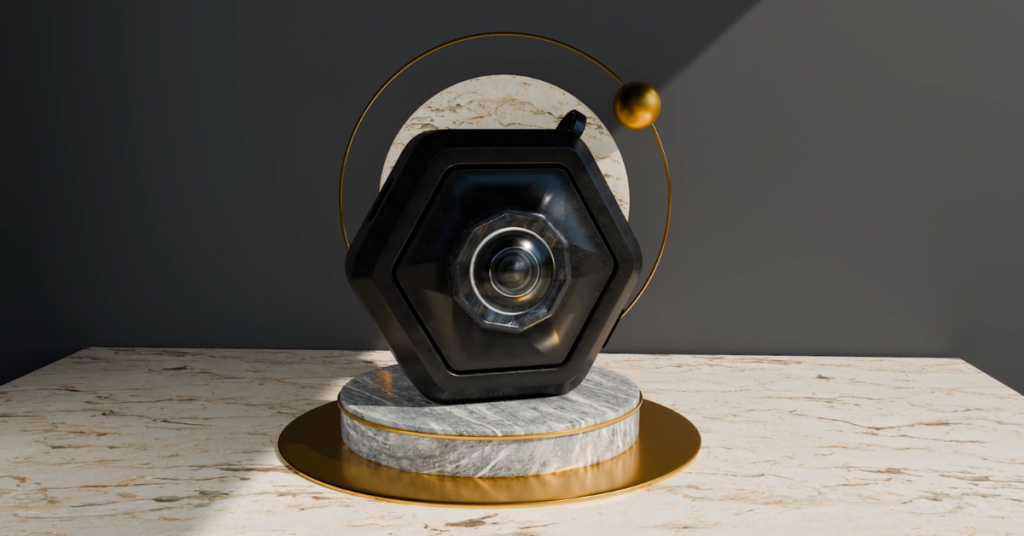 One of the runner up designs called the yaR / Image Credit: James Dyson Foundation
One of the runner up designs called the yaR / Image Credit: James Dyson FoundationA group of students from NUS and Nanyang Technological University designed yaR. It’s a wearable pendant that taps into artificial intelligence (AI) to help the visually impaired understand their surroundings and navigate the environment.
Meanwhile, Shane and Danial from the Singapore University of Technology and Design (SUTD) created airXeed Radiosonde. As its name suggests, it’s a reusable weather data collection instrument that allows for better control and greeting accuracy in weather monitoring.
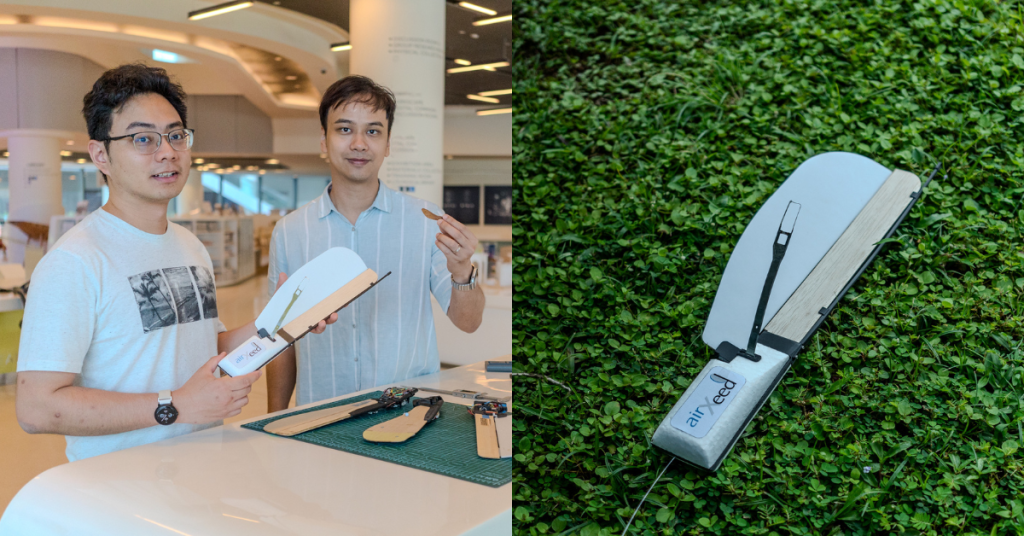 Shane and Dane, the designers of the airXeed Radiosonde / Image Credit: James Dyson Foundation
Shane and Dane, the designers of the airXeed Radiosonde / Image Credit: James Dyson FoundationAll three inventions will progress to the global round of the JDA, where they stand a chance to receive S$50,500.
The international top 20 shortlist is scheduled to be announced on October 16, and the international winners on November 13.
Learn more about Mammosense here. Learn about past JDA national winners here.Image Credit: James Dyson Foundation

 FrankLin
FrankLin 








